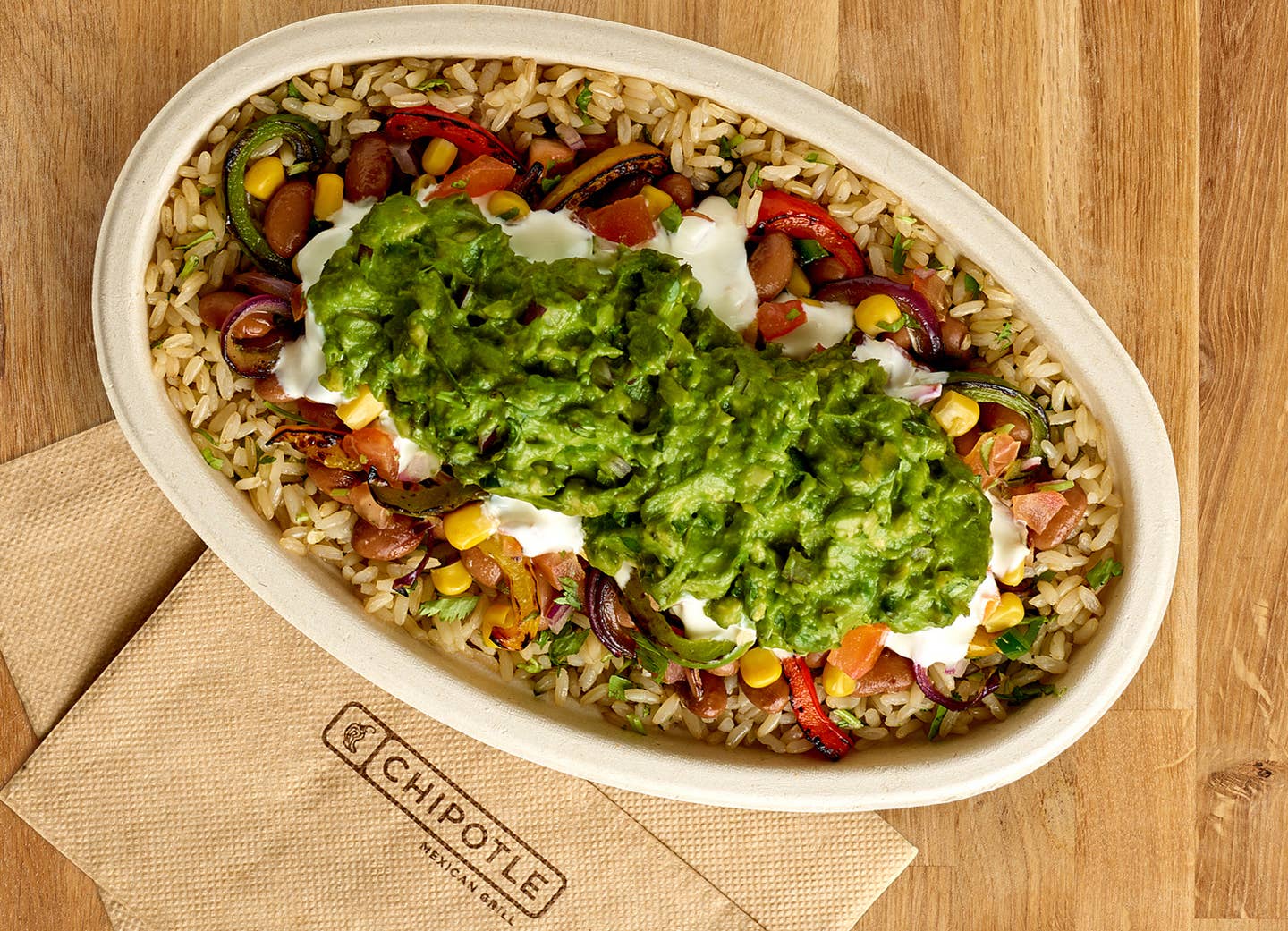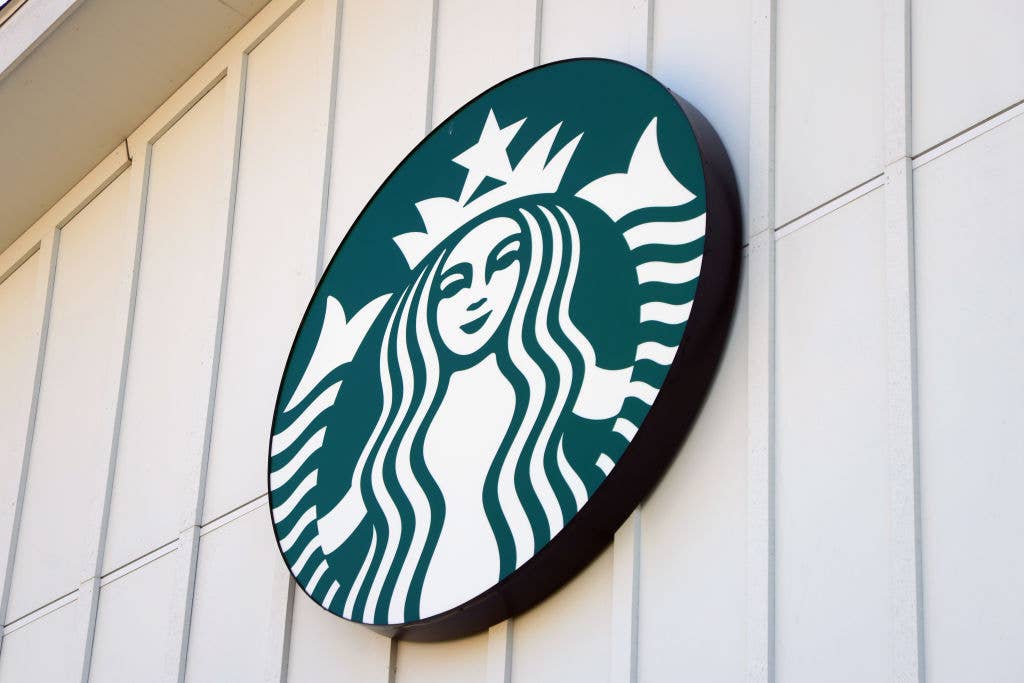
Trump Proposal Reverses Michelle Obama’s Healthy School Lunch Program
At a time where more children than ever are being diagnosed as obese, the current administration is looking to change the rule on who decides what kids in schools are fed for lunch. The USDA is putting the decision of what to serve at school cafeterias back to the local level, and critics are saying this could spell the end of healthy lunches such as fresh fruits and vegetables as administrators try to cut costs. The National School Lunch Act, first signed into law by President Harry Truman in 1946, became a program taken up by former First Lady Michelle Obama who advocated for healthier food for children in need, and healthy lunch options for all students.
A story in Business Insider points out that the question of whether healthy school lunches will go the way of cursive writing will be made after a sixty-day public discussion period that launched on January 23rd. Their take on the developments:
- The USDA announced proposed rules that would roll back one of the signature policies advocated by Michelle Obama when she was First Lady: Healthier school lunches.
- The new rules, if approved, will allow for looser guidelines of what to serve and allow local districts to decide what fruits and vegetables to include, and allow for á la carte options.
- Advocates support the rules as a way of reducing waste, while critics say the new rules allow for loopholes that will result in less healthy meal options served to kids in need.
Critics are aghast at the latest USDA's decision to scale down on the National School Lunch Program. Obama fully supported the program as a way of helping children who come from "food-insecure" families. It ensured they could depend on at least one healthy meal a day during the school week. The former First Lady's platform revolved around making America's kids healthier through her Let's Move campaign and by featuring the importance of eating fresh fruit and vegetables -- a minimum of five servings a day as recommended by the USDA.
The National School Lunch Program is focused on feeding children (about 30 million kids a day) reliably healthy, low-fat, low-sodium meals that consisted of several servings of fruits and vegetables. The lunch program was just one of the many initiatives of the Healthy, Hunger-Free Kids Act of 2010 which "authorized funding and set policy for USDA's core child nutrition programs," according to the USDA.
Over the past two years, "schools and key program stakeholders" have participated in open discussions about how schools can ensure children are eating the healthiest options. The USDA believes the current proposal moves that goal forward. Some of the changes in the program include a la carte lunch items for purchase, flexibility in the choice of veggies, and supporting customizable breakfast which allows schools to adjust servings like in fruit accordingly.
Half-a-Million Healthy Lunches
Democrats resoundingly criticized the move, saying 3 million families in need will be left without vital food stamps to help feed their children. Agriculture Secretary Sonny Perdue said last July that the change was intended to cut families that the administration thinks do not need the aid.
Nearly one in seven children came from households that were considered “food insecure” as of 2018. Recognizing that many households rely on schools for food, some school systems have even begun feeding their students throughout the summertime.
Critics feel the change in policy will result in a lack of strict dietary guidelines, leaving schools with too much leeway to serve whatever food is least expensive—meaning cheaper fresh foods and more highly processed foods that contribute to more childhood obesity. Certain districts might offer foods that are cheaper and therefore not as nutritious, whereas other districts would have a variety of nutrient-dense vegetables.
The issue is up for discussion for the next sixty days, according to the press release issued on January 17th. The public discussion period started January 23rd and will go until March 22nd, at which time a decision is likely to be made on the future of who decides what kids eat in school.
More From The Beet






